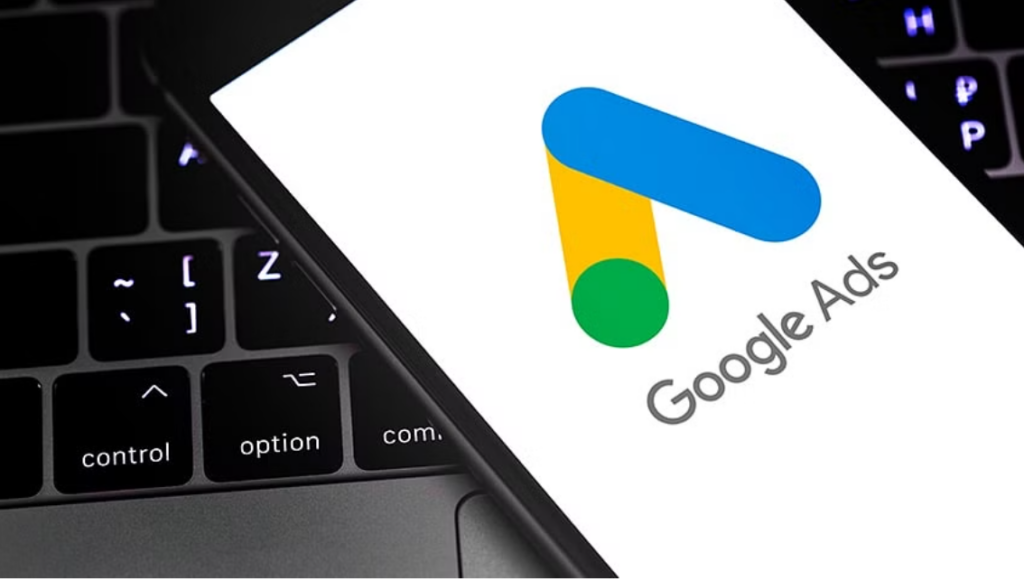In the ever-evolving landscape of digital advertising, marketers are constantly seeking ways to optimize their campaigns and achieve better results. Google Ads, one of the leading online advertising platforms, has recently unveiled a powerful tool that promises to revolutionize ad bidding and drive improved performance. With the introduction of automated bidding, advertisers can harness the power of machine learning to enhance their campaign outcomes. In this article, we will explore the concept of automated bidding, its benefits, and how it can help advertisers achieve smarter ads and better results.
Understanding Automated Bidding
Automated bidding is a feature within Google Ads that uses machine learning algorithms to determine the optimal bid for each ad auction. Traditionally, advertisers manually set bids based on their target audience, campaign goals, and competition. However, with automated bidding, advertisers can now delegate bid management to Google’s intelligent algorithms, which analyze vast amounts of data to make real-time bidding decisions.
Benefits of Automated Bidding
1. Enhanced Efficiency
Automated bidding saves advertisers valuable time and effort by streamlining the bid management process. Instead of continuously monitoring and adjusting bids manually, marketers can rely on the automated system to make data-driven bidding decisions at scale. This allows advertisers to focus on other critical aspects of campaign management, such as ad creatives and audience targeting.
2. Improved Performance
By leveraging machine learning, automated bidding optimizes bids based on various factors such as historical data, user intent, device, location, and time of day. This dynamic approach enables advertisers to reach the right audience with the right message at the right time, resulting in increased click-through rates (CTR) and conversions. Moreover, as the system continuously learns from campaign data, bid adjustments are refined over time, leading to improved campaign performance.
3. Real-time Adaptability
In the fast-paced world of digital advertising, market conditions can change rapidly. Automated bidding allows advertisers to respond quickly to these changes. The system adjusts bids in real-time, ensuring that campaigns remain competitive and capitalize on favorable opportunities. Whether it’s adjusting bids during peak traffic hours or reacting to sudden shifts in user behavior, automated bidding ensures advertisers stay ahead of the curve.
4. Data-Driven Insights
As automated bidding algorithms analyze vast amounts of data, advertisers gain valuable insights into campaign performance and audience behavior. This wealth of information can be used to refine targeting strategies, identify high-performing keywords, and optimize ad creatives. By leveraging these data-driven insights, advertisers can make informed decisions that enhance their overall advertising strategy.
Implementing Automated Bidding
To implement automated bidding effectively, advertisers need to follow a few best practices:
1. Define Clear Campaign Goals
Clearly outline your campaign objectives, whether it’s maximizing conversions, increasing website traffic, or improving return on ad spend (ROAS). Aligning your goals with the appropriate automated bidding strategy will ensure optimal results.
2. Choose the Right Bidding Strategy
Google Ads offers various automated bidding strategies, including target CPA (Cost per Acquisition), target ROAS, and maximize conversions. Select the strategy that aligns with your campaign goals and budget constraints.
3. Monitor Performance and Make Adjustments
While automated bidding reduces the need for manual bid adjustments, it’s important to regularly monitor your campaign’s performance. Keep an eye on key metrics such as CTR, conversion rates, and cost per conversion. Based on these insights, make necessary adjustments to bidding strategies, budgets, or targeting parameters.
4. Test and Iterate
Automated bidding requires continuous testing and iteration. Experiment with different bidding strategies, ad formats, and audience segments to identify what works best for your campaign. Monitor the results closely and make data-driven decisions to optimize your ad performance further.
Conclusion
Automated bidding is an exciting development in the world of digital advertising. By harnessing the power of machine learning and real-time data analysis, advertisers can achieve smarter ads and better results. The efficiency, performance improvements, real-time adaptability, and data-driven insights offered by automated bidding can empower marketers to optimize their campaigns and achieve their advertising goals. As the digital advertising landscape continues to evolve, embracing automated bidding can give advertisers a competitive edge in reaching and engaging their target audience effectively.



2 thoughts on “Smarter Ads, Better Results: Google Ads’ Automated Bidding Unveiled”